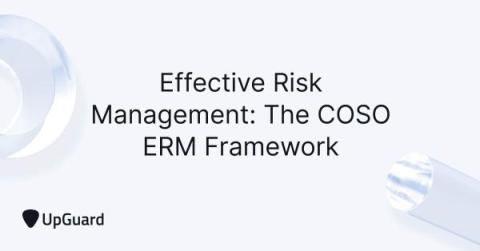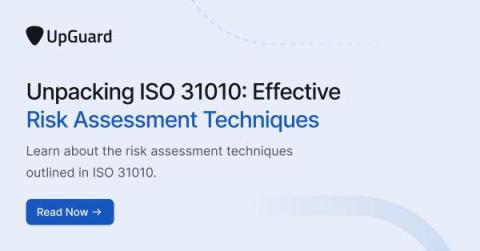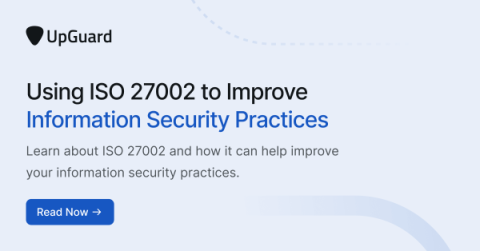What is CVE-2023-4863? Google's libwebp at risk
WebP is an open-source image format developed by Google. WebP enables higher quality images in smaller file sizes. The package, released by Google, encodes and decodes images in WebP format and is used widely across the internet for lossless image compression.











